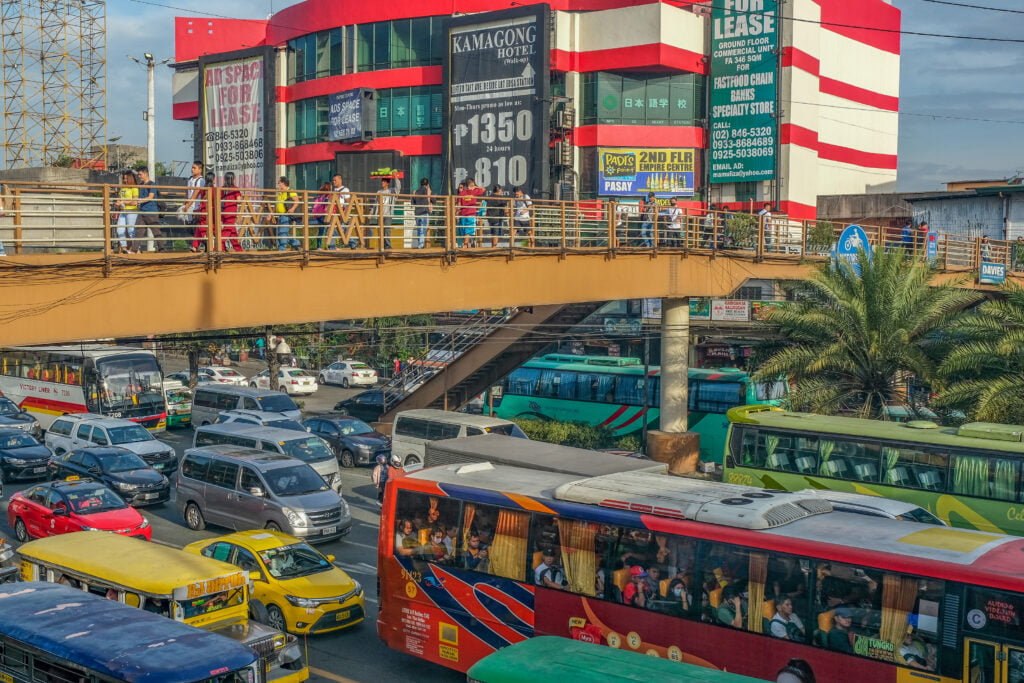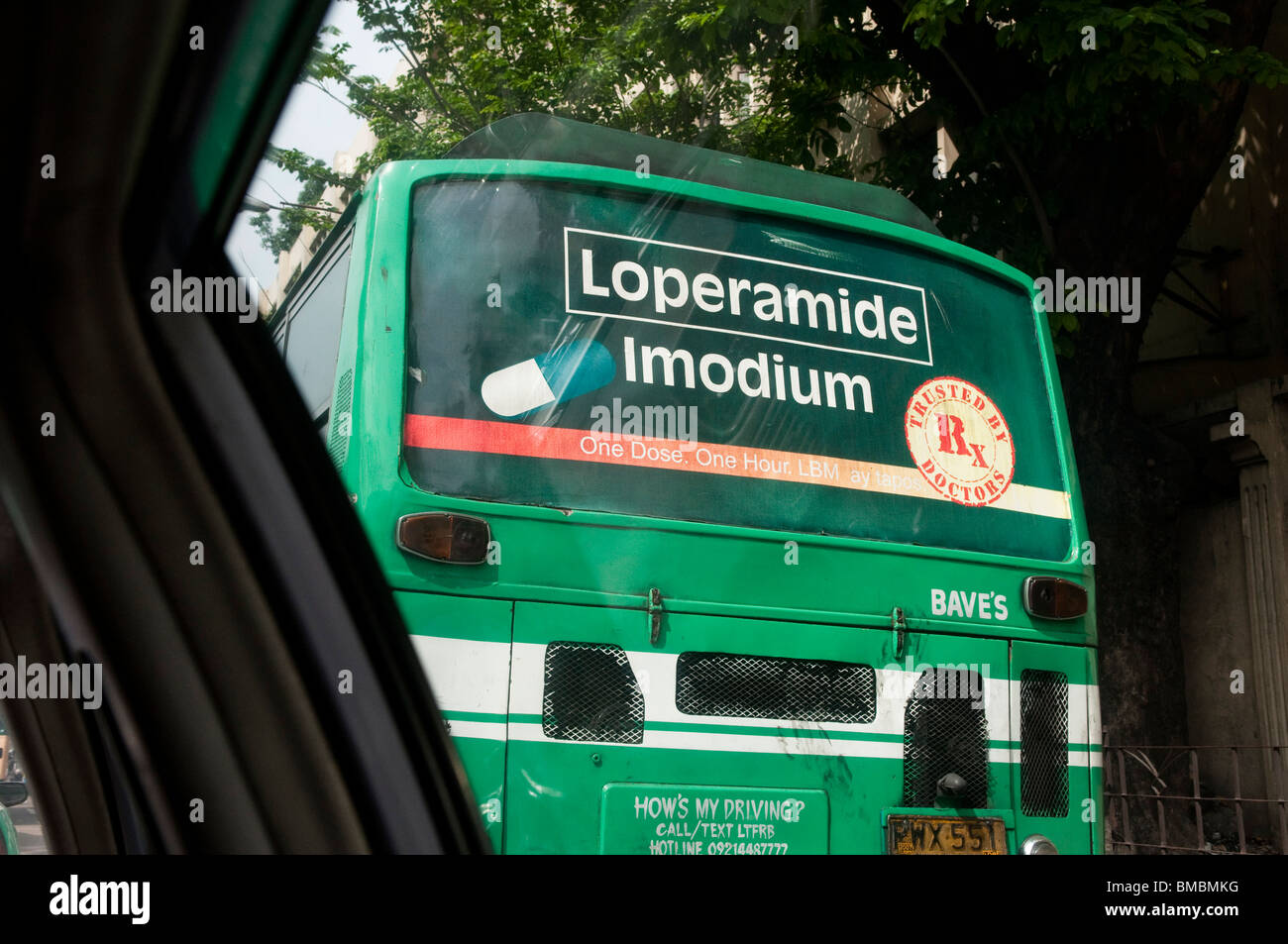Top Advantages of Transit Advertising Philippines for Businesses
Top Advantages of Transit Advertising Philippines for Businesses
Blog Article
A Comprehensive Examination of the Techniques and Techniques for Effective Transportation Marketing Campaigns
Transportation marketing campaign supply an one-of-a-kind possibility for brand names to involve with varied target markets in dynamic atmospheres. To attain success, it is vital to recognize the subtleties of target demographics, carry out ingenious style methods, and pick ideal placement places. Moreover, the performance of these projects can be dramatically enhanced by closely keeping an eye on efficiency metrics and adjusting tactics appropriately. As we explore these important parts, it ends up being clear that the course to an impactful transportation advertising and marketing strategy is both intricate and gratifying, elevating the inquiry of exactly how ideal to browse these complexities for maximum brand presence.
Comprehending Target Demographics
Comprehending target demographics is crucial for the success of transit advertising campaigns (Transit Advertising Philippines). Identifying details audience sectors enables marketers to customize their messages efficiently, making certain that the material reverberates with the intended customers. This approach boosts engagement and optimizes roi
To efficiently evaluate target demographics, marketing experts need to consider a number of vital factors, consisting of age, earnings lifestyle, occupation, and level preferences. For circumstances, a project targeted at young professionals might concentrate on ease and modernity, while one targeting families might emphasize security and dependability. Furthermore, geographic elements such as rural versus metropolitan setups can considerably influence consumer habits and preferences.
Data collection methods such as studies, emphasis teams, and social media sites analytics give beneficial insights right into group fads and customer behaviors. By leveraging this details, advertisers can craft engaging stories that straighten with the worths and needs of their target audience.
Eventually, understanding target demographics not only notifies the critical direction of transit advertising and marketing campaigns however additionally makes sure that resources are assigned efficiently. This targeted technique raises the chance of achieving campaign objectives, fostering brand loyalty, and driving conversions.
Creative Style Methods
Effective interaction with target demographics counts greatly on cutting-edge imaginative design techniques in transportation ad campaign. To successfully capture attention in a jampacked visual environment, developers need to prioritize quality and visual influence. Using high-contrast components and bold shades can improve presence, making sure that messages are easily readable from a range.
Including dynamic images that resonates with the target audience is crucial. Aesthetic narration techniques can evoke feelings and produce memorable organizations with the brand name. Furthermore, calculated usage of typography helps communicate crucial information swiftly; legible font styles and proper dimensions additionally boost readability.
Incorporating interactive aspects, such as QR codes or increased reality functions, can involve commuters past passive monitoring (Transit Advertising Philippines). These methods not only advertise individual communication however additionally connect the void between standard advertising and electronic interaction
Furthermore, using area creatively-- whether on bus covers, transit shelters, or subway ads-- can lead to innovative layouts that damage the mold of conventional marketing. By welcoming creative creativity while maintaining brand consistency, campaigns can cultivate a solid link with their audience, ultimately driving both awareness and action. The assimilation of these layout methods is vital for attaining successful transit marketing results.
Strategic Positioning Approaches
Optimizing the influence of transportation advertising and marketing depends upon critical positioning techniques that make sure optimum exposure and involvement. Effective placement includes analyzing high-traffic locations and understanding guest demographics to determine their website one of the most helpful locations for advertisement screens. For example, positioning ads near entries and leaves of transportation vehicles can record the interest of boarding and alighting guests, hence improving exposure.
Furthermore, making use of both indoor and external surfaces of transit vehicles can significantly broaden reach. Outside ads, noticeable during commutes, engage pedestrians and various other chauffeurs, while indoor ads target travelers in a captive atmosphere. Additionally, placing ads in transit centers, such as bus terminals or train terminals, allows for raised impacts as commuters change in between different settings of transport.
Timing is also vital; straightening the project launch with peak travel periods optimizes target market engagement - Transit Advertising Philippines. In addition, leveraging digital screens in transit environments can facilitate dynamic web content, supplying real-time updates and improving individual communication. By employing these strategic positioning techniques, marketing experts can guarantee that their transit marketing projects accomplish optimal exposure, reverberate with the target market, and inevitably drive preferred outcomes

Gauging Project Effectiveness
To evaluate the success of transit advertising campaigns, it is vital to employ a range of measurement techniques that give insights right into audience engagement and overall effectiveness. One key technique is making use of essential performance indicators (KPIs), such as reach, impacts, and interaction rates, which quantify the number of individuals saw the advertisement and interacted with it.
Studies and focus teams can additionally be critical in assessing consumer assumptions and recall, permitting marketers to recognize the effect of their messaging. Additionally, tracking website web traffic and social media sites interaction during and after the project assists measure straight responses to the advertising and marketing.
An additional effective strategy is using location-based analytics, which can supply information walking web traffic around specific transportation locations, offering insights right into whether the campaign successfully caught the attention of travelers. Additionally, evaluating sales information can disclose relationships in between transportation advertising and marketing and enhanced revenue, providing substantial proof of a project's effectiveness.
Case Studies of Success
Recognizing the efficiency of transit marketing campaign via measurement techniques prepares for checking out real-world instances that highlight effective results. One notable situation research involves a nationwide beverage brand that utilized bus wraps in city locations. The project intended to enhance brand visibility and sales throughout the summertime. By using geo-targeted electronic advertisements and analytics, the brand name measured a 30% boost in sales in regions where the covers were look here prominently shown, demonstrating the straight influence of transit marketing.
One more engaging example comes from a regional not-for-profit company that introduced a campaign on metro systems to advertise a neighborhood event. The use of straight engagement with technology enhanced the campaign's reach and effectiveness.

Conclusion
In summary, successful transportation marketing projects require a thorough approach that integrates an understanding of target demographics, ingenious style strategies, and tactical placement. By focusing on emotional interaction with bold visuals and maximizing visibility throughout top traveling times, brands can significantly improve their impact. Moreover, recurring dimension of project effectiveness with key performance indications and consumer comments makes sure continuous improvement. Collectively, these methods foster brand existence and take full advantage of the roi en route marketing initiatives.
Understanding target demographics is important for the success of transportation advertising and marketing campaigns.Reliable communication with target demographics relies greatly on ingenious imaginative design techniques in transit advertising projects. By employing these strategic placement methods, marketing professionals can ensure that their transportation advertising campaigns attain maximum exposure, reverberate with the target audience, and eventually drive wanted end results.
Comprehending the effectiveness of transportation marketing projects with measurement strategies lays the groundwork for examining real-world instances that highlight successful results.In summary, successful transportation marketing campaigns necessitate a thorough method that integrates an understanding of target demographics, ingenious layout strategies, and critical positioning.
Report this page